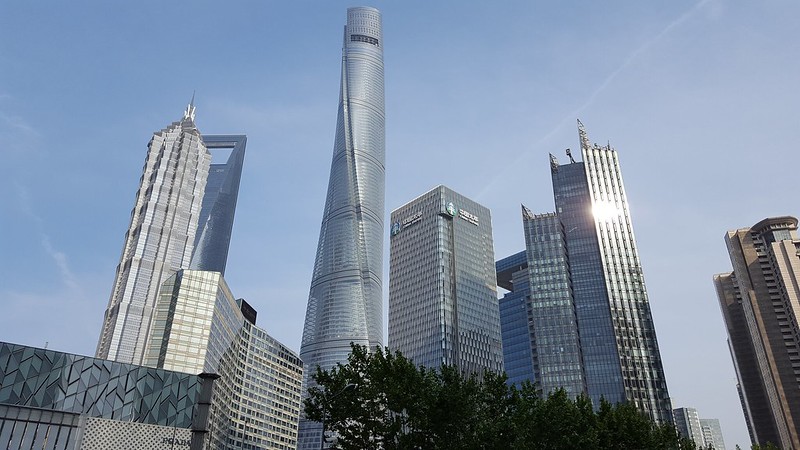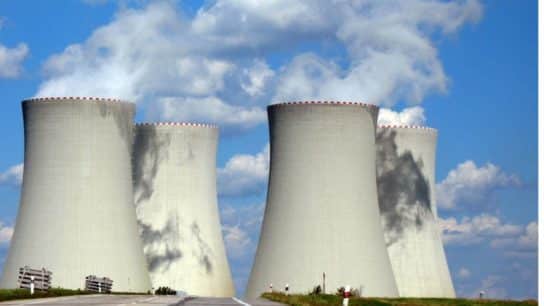China aims to hit peak emissions before 2025, and reduce them by 30% by 2030, according to a WeChat post by the China Metallurgical Industry Planning and Research Institute. The nation is also set to announce stricter measures around crude steel production capacity and its replacement in an attempt to green one of the most carbon-intensive sectors of the economy in China.
—
What is Happening?
- Steel represents 15% of China’s carbon emissions and is therefore an important sector to control as the country aims to achieve carbon neutrality by 2060. Already, authorities have implemented some output restrictions and cracked down on steel mills flouting these restrictions, mainly in the hub of Tangshan, while some of the industry’s giants have outlined their plans to reduce emissions in coming decades.
Atilla Widnell, managing director of Navigate Commodities, says, “We forecast that China will achieve peak steel production rates over the course of 2020 and 2021, as a result of domestic COVID-19 stimulus-backed, steel-intensive infrastructure projects. It is therefore entirely feasible that the industry can meet its peak emissions targets before 2025.”
You might also like: Science Has a Sustainability Problem: How Can We Make Labs Greener?
- Policymakers will need to balance the need to grow the industry with rolling back the country’s carbon-intensive steel production. Last year, output hit 1 billion tons for the first time, despite repeated pledges to rein in excess capacity.
- The country’s plan to decarbonise the industry is also unclear. According to BloombergNEF, China’s industry is dominated by blast furnaces. Carbon capture and hydrogen are other options. While the latter option is backed by Fortescue Metals Group Ltd., the fourth-biggest iron ore exporter, it’s still in its infancy and isn’t yet viable at scale.
Widnell says, “While hydrogen-based steelmaking has been touted as a potential saviour for the industry, the economics and, more importantly, the perceived environmental impact are nowhere near- yet.” He adds that the cost of green steelmaking could be significantly higher compared with current production costs, and “it will most likely be borne by the end user.”
- China’s drive to decarbonise has fuelled a surge in steel prices. Rebar inventories fell for a second week last week, after more than tripling in 2021, according to Shanghai SteelHome E-Commerce data.Hot-rolled coil futures in Shanghai rose as much as 1.5% to the highest since the contract began trading in 2014, and closed 0.8% higher at 5,372 yuan a ton. Rebar futures were steady near the highest since February 2011.
Featured image by: Flickr

















